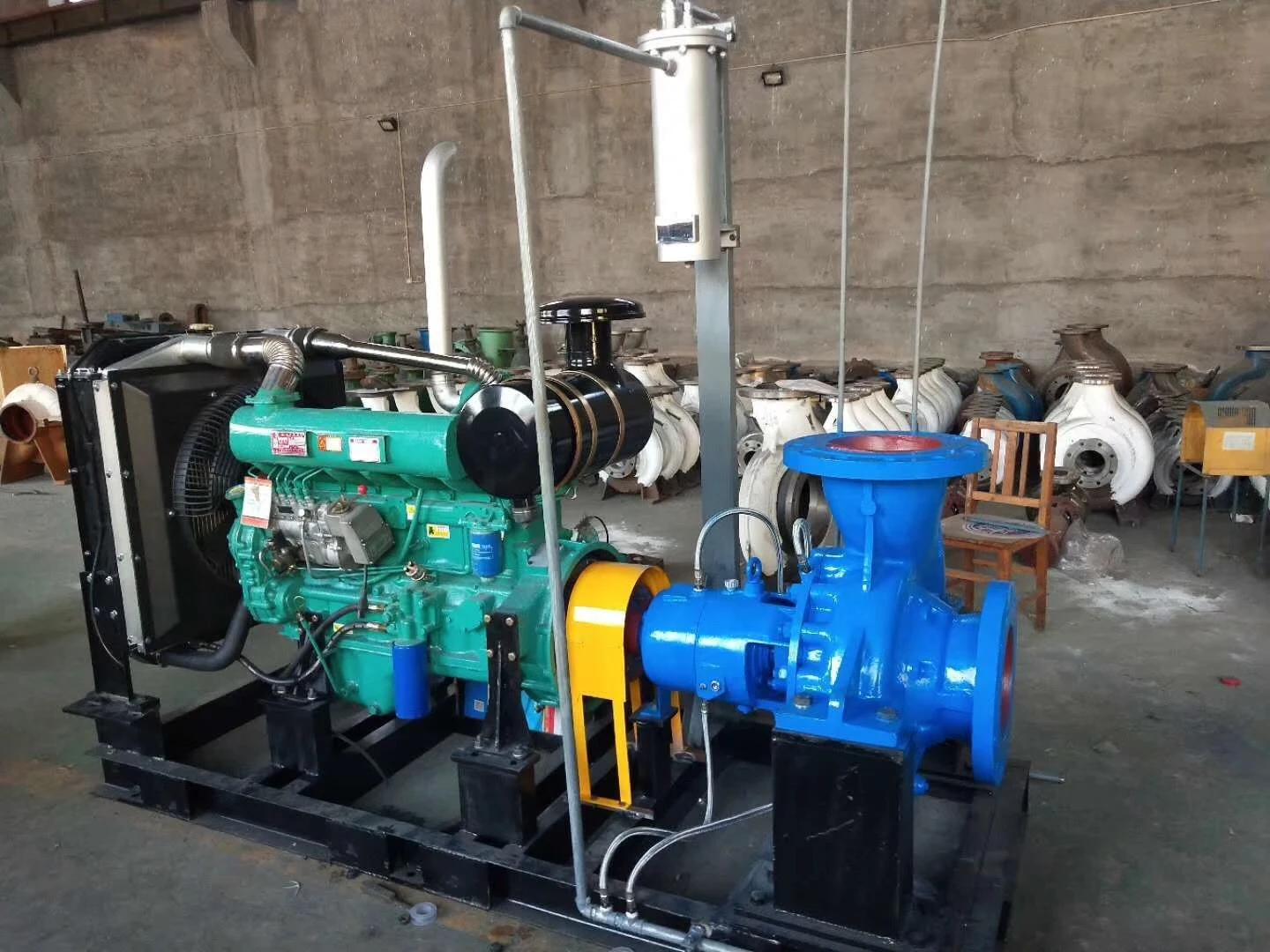Swahili
- Afrikaans
- Albanian
- Amharic
- Arabic
- Armenian
- Azerbaijani
- Basque
- Belarusian
- Bengali
- Bosnian
- Bulgarian
- Catalan
- Cebuano
- Corsican
- Croatian
- Czech
- Danish
- Dutch
- English
- Esperanto
- Estonian
- Finnish
- French
- Frisian
- Galician
- Georgian
- German
- Greek
- Gujarati
- Haitian Creole
- hausa
- hawaiian
- Hebrew
- Hindi
- Miao
- Hungarian
- Icelandic
- igbo
- Indonesian
- irish
- Italian
- Japanese
- Javanese
- Kannada
- kazakh
- Khmer
- Rwandese
- Korean
- Kurdish
- Kyrgyz
- Lao
- Latin
- Latvian
- Lithuanian
- Luxembourgish
- Macedonian
- Malgashi
- Malay
- Malayalam
- Maltese
- Maori
- Marathi
- Mongolian
- Myanmar
- Nepali
- Norwegian
- Norwegian
- Occitan
- Pashto
- Persian
- Polish
- Portuguese
- Punjabi
- Romanian
- Russian
- Samoan
- Scottish Gaelic
- Serbian
- Sesotho
- Shona
- Sindhi
- Sinhala
- Slovak
- Slovenian
- Somali
- Spanish
- Sundanese
- Swahili
- Swedish
- Tagalog
- Tajik
- Tamil
- Tatar
- Telugu
- Thai
- Turkish
- Turkmen
- Ukrainian
- Urdu
- Uighur
- Uzbek
- Vietnamese
- Welsh
- Bantu
- Yiddish
- Yoruba
- Zulu
Telephone: +86 13120555503
Email: frank@cypump.com
Desemba . 15, 2024 08:44 Back to list
pumping slurry
Pumping Slurry An Essential Process in Various Industries
Pumping slurry is a critical aspect of many industrial processes, playing a pivotal role in sectors such as mining, construction, and wastewater treatment. Slurry, a mixture of solids and liquids, poses unique challenges and demands specialized equipment and techniques for efficient transport and management. Understanding the complexities of slurry pumping is essential for optimizing operations, ensuring safety, and reducing costs.
What is Slurry?
Slurry is a semiliquid mixture consisting of solid particles suspended in a liquid. The solid content can vary widely, from very fine particles to larger aggregates, leading to diverse properties. Common examples of slurry include cement mixes, coal slurries in mining, and wastewater in municipal treatment plants. Each type of slurry presents unique characteristics that influence the choice of pumping methods and equipment.
The Importance of Pumping Slurry
Efficiently pumping slurry is crucial for several reasons. Firstly, in the mining industry, slurry pumping is integral to the transportation of ore and tailings. Minerals are often extracted as fine particles mixed with water, making it necessary to pump these slurries through pipelines to processing facilities. Failure to manage this process efficiently can lead to operational delays and financial losses.
In construction, slurry is frequently used in processes such as drilling and tunneling. Techniques like mud rotary drilling rely on the effective pumping of slurry to stabilize boreholes and carry cuttings to the surface. This ensures not only efficiency but also safety in operations.
In wastewater treatment, pumping slurry is vital for moving liquid sludge through various treatment stages. The effective removal of contaminants is crucial for environmental protection and regulatory compliance. Thus, understanding the dynamics of slurry pumping can facilitate smoother operations and improved treatment outcomes.
Challenges in Pumping Slurry
pumping slurry

Despite its importance, pumping slurry presents numerous challenges. The viscosity and density of the mixture can change significantly based on the solid content, affecting flow rates and pressure requirements. High solid concentrations can lead to increased wear on pumps and associated equipment, resulting in higher maintenance costs and downtime.
Another challenge is the potential for settling. In stationary conditions, solid particles may settle at the bottom of pipes, causing blockages. The choice of pumping method (e.g., centrifugal vs. positive displacement pumps) can significantly influence how well a system can manage these settling issues.
Additionally, the abrasive nature of many slurries can lead to rapid wear of pump components, requiring operators to choose materials and designs that provide durability and longevity. Pumps must be regularly maintained and monitored to prevent failures that can disrupt operations and incur substantial costs.
Optimizing Slurry Pumping Operations
To optimize slurry pumping operations, several strategies can be implemented. First, understanding the characteristics of the specific slurry being pumped is vital. This includes knowing the viscosity, density, and solid particle size distribution, which can influence the selection of the pump type and size.
Second, employing the right pump technology is crucial. Centrifugal pumps are generally preferred for low-viscosity slurries, while positive displacement pumps are often more effective for high-viscosity slurries or those with high solid content. Additionally, advancements in pump design, such as the use of hard-faced materials and improved sealing systems, can enhance the durability of pumps used for abrasive slurries.
Regular maintenance and monitoring are also essential for ensuring optimal pump performance. Implementing condition-based monitoring techniques can help operators anticipate potential failures and perform preventive maintenance, thereby minimizing downtime and extending the lifecycle of the equipment.
Conclusion
Pumping slurry is an essential process across various industries, from mining to construction and wastewater treatment. Although it presents significant challenges, understanding slurry characteristics, selecting appropriate technology, and implementing effective maintenance strategies can optimize operations. As industries continue to evolve, the need for efficient slurry management will only increase, highlighting the importance of continuous innovation and improvement in pumping technologies. Ultimately, investing in robust slurry pumping systems ensures not only operational efficiency but also safety and environmental sustainability.
-
Reliable Non-Clog Sewage Pumps with GPT-4-Turbo Tech
NewsAug.04,2025
-
High-Performance Air Pumps for Sand & Gravel | Efficient Transport
NewsAug.03,2025
-
ISG Series Vertical Pipeline Pump - Chi Yuan Pumps Co., LTD.|Energy Efficiency, Corrosion Resistance
NewsAug.03,2025
-
ISG Series Pipeline Pump - Chi Yuan Pumps | Energy Efficiency&Compact Design
NewsAug.03,2025
-
ISG Series Vertical Pipeline Pump - Chi Yuan Pumps Co., LTD.|High Efficiency, Low Noise, Durable
NewsAug.02,2025
-
ISG Series Vertical Pipeline Pump - Chi Yuan Pumps | High Efficiency, Low Noise
NewsAug.02,2025










